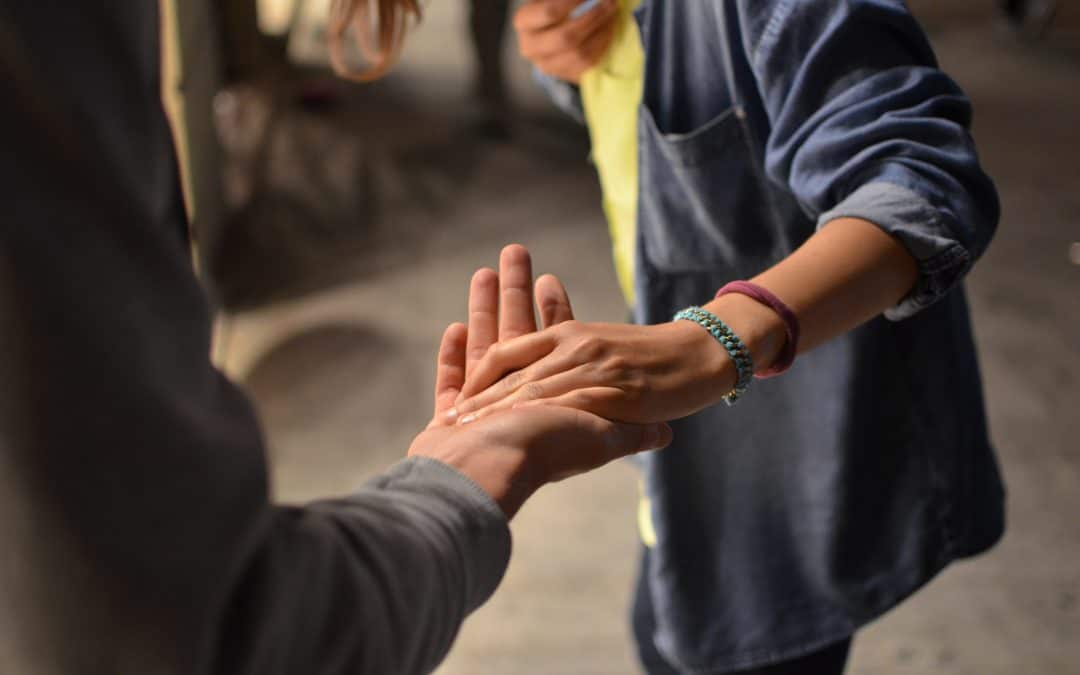Attachment and Cooperation
by Broderick Sawyer, PhD
When we want to improve upon our ability to reach any mutual goal that involves more than one person- businesses, sports teams, government, and even 1 on 1 personal relationships- attachment theory can be particularly helpful in improving human cooperation.
Attachment Theory is more complicated than any one article, but when we focus on the process of building human relationships and day to day interacting, it becomes clear that this process is largely responsible for how we feel about ourselves, which then influences how we interact with others. That is to say: Self-image = how we feel others perceive us.
Our gift as human beings is our ability to fit into and contribute to social groups effectively, without rocking the preverbal boat by interacting in ways that are not conducive to the interaction ‘style’ of the group. If we imagine our brains as computers that need to be programmed so that we can have a final ‘version’ of ourselves by adulthood, it would then be obvious that our childhood, adolescent, and early adulthood experiences have much to do with developing our social style, via developing our self-image.
While genetics do predict certain predispositions to certain ways of behaving, let me dispel the myth that genetic traits predict who we are all the way throughout adulthood and drive humans to become ‘fixed’ beings. This is nonsense, and backed by what we call ‘neuroplasticity’: the ability of the brain to adapt to the input that it is receiving at every moment throughout our lives. If we change our environment, the people we interact with, or if bad things happen to us, our brain literally creates NEW neural pathways to adapt to new circumstances. Why does it seem like we can become ‘fixed’? Well, the more we continue on in our current circumstances, these neural pathways become stronger, which causes whatever behavior we are doing to become more of habit and way easier to do- rather than change.
One thing, however, is fixed. We all have the same capabilities for honest, compassion-driven communication, but unfortunately, evolution does not care about our abilities to be compassionate, rather, our continuing to breathe, eat, sleep, and reproduce. This does not necessarily require compassionate interaction. Thankfully, the world of psychology is a developing field that can provide us various loopholes to develop a more compassionate style of interaction, and this starts with understanding various “styles” of interacting, how they came to develop, and what this means for our interactions with others as adults.
A challenge to our readers, can you drop to the level of Relational Frame Theory and Behavior Analysis and provide an account of what’s described above in behavior analytic language?
What drives us to attachment? What maintains attachment styles? What do you see ‘underneath the hood’ in your language?
Are you interested in learning more about principles, behavior analysis, RFT, and taking an integrative look at our field? Let us know in the comments and check out our online, on-demand events!






Comments